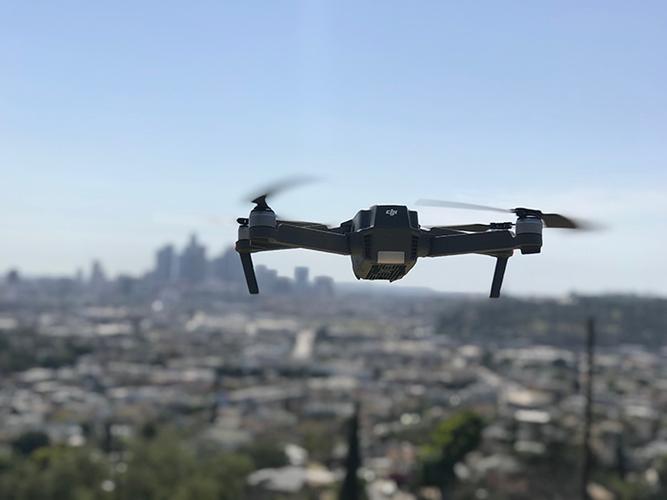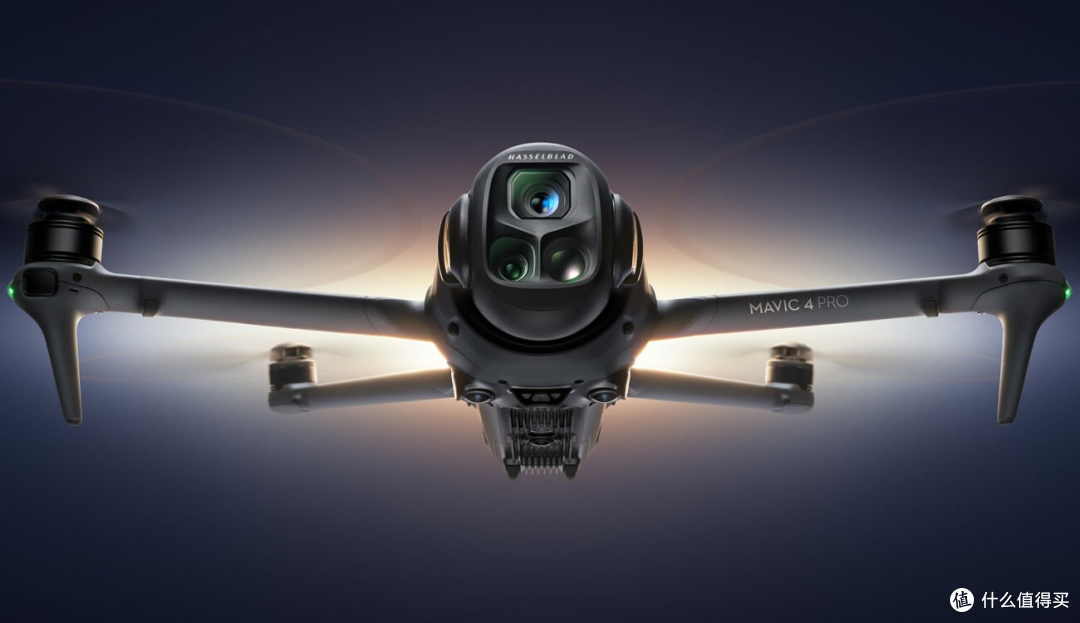The development of Iran’s drone technology has been a significant topic in both political and military circles around the world. Over the past few decades, Iran has invested extensively in its drone capabilities, turning itself into a prominent player in unmanned aerial systems (UAS). This exploration of Iran’s advanced drone technology highlights its strategic importance, operational versatility, and potential implications on global security dynamics.
Historical Background
Iran’s journey into drone technology began during the Iran-Iraq war in the 1980s, where the country recognized the value of unmanned systems in military operations. Since then, the nation has focused on developing indigenous technology to reduce reliance on foreign imports. Today, Iran’s drones are known for their sophistication and ability to perform various roles such as reconnaissance, surveillance, and combat.
Strategic Importance
The strategic significance of Iran’s drones is multifaceted. Firstly, they provide a cost-effective solution for maintaining airborne reconnaissance without risking pilots’ lives. Secondly, drones offer Iran a means to project power beyond its borders, allowing it to monitor and potentially influence activities in regions like the Persian Gulf and the Strait of Hormuz. Finally, they serve as a deterrent against adversaries, with sophisticated models capable of precision strikes.
Types of Drones
Iran has developed a variety of drone models, including the Shahed, Ababil, and Mohajer series. The Shahed series, for instance, is equipped for long-range missions and can carry significant payloads, making it suitable for both surveillance and attack operations. The Ababil series is known for its speed and agility, making it effective in intelligence-gathering missions. Each of these models serves distinct purposes depending on tactical and strategic requirements.
Iranian drones are often praised for their technical prowess. Many models boast advanced navigation systems, real-time data transmission capabilities, and high-resolution cameras. Some drones are also equipped with stealth technology to evade radar detection, enhancing their effectiveness in covert operations. Iran has made strides in enhancing the flight duration and altitude capabilities of its drones, enabling prolonged missions over expansive territories.
Implications for Global Security
Iran’s advancements in drone technology have significant implications for global security. As tensions rise in the Middle East, these drones could alter the balance of power by providing Iran with strategic advantages. There are concerns that Iran could share its drone technology with proxy groups in regions like Yemen and Lebanon, potentially destabilizing traditional power structures and complicating foreign diplomacy.
International Response
The international community has expressed mixed reactions towards Iran’s growing drone capabilities. Some nations view these developments as a threat, leading to increased sanctions and diplomatic pressures on Iran to curtail the reach of its unmanned systems. Others have called for dialogue, emphasizing the need to prevent an arms race in drone technology. The conversation around Iran’s drones underscores broader debates on the ethical uses of UAVs and the risks of automated warfare.
Potential for Civilian Use

 While predominantly developed for military purposes, Iranian drones hold potential for civilian applications as well. Industries such as agriculture, environmental monitoring, and disaster management could benefit from advanced drone systems that offer precise data collection and analysis. However, international sanctions and export restrictions have hindered Iran’s ability to enter these markets competitively.
While predominantly developed for military purposes, Iranian drones hold potential for civilian applications as well. Industries such as agriculture, environmental monitoring, and disaster management could benefit from advanced drone systems that offer precise data collection and analysis. However, international sanctions and export restrictions have hindered Iran’s ability to enter these markets competitively.
Future Prospects
Looking ahead, Iran is likely to continue advancing its drone technology, seeking improvements in AI integration, autonomy, and multi-role capabilities. These efforts point to a future where Iran could launch highly sophisticated drones with advanced decision-making algorithms, thereby expanding their operational scope.
Frequently Asked Questions
What are the potential risks of Iran’s drone technology proliferation?
There are concerns that the spread of advanced drones could empower non-state actors and exacerbate regional conflicts by amplifying their capabilities.
How does Iran’s drone technology compare to global standards?
While Iranian drones are advanced, they face competitive challenges from countries with more resources. Yet, Iran’s drones are praised for their specialization and tactical efficiency in regional contexts.
Could Iran’s drone technology be used for civilian purposes?
Yes, the potential exists, but international sanctions limit Iran’s ability to freely expand these technologies into civilian markets.